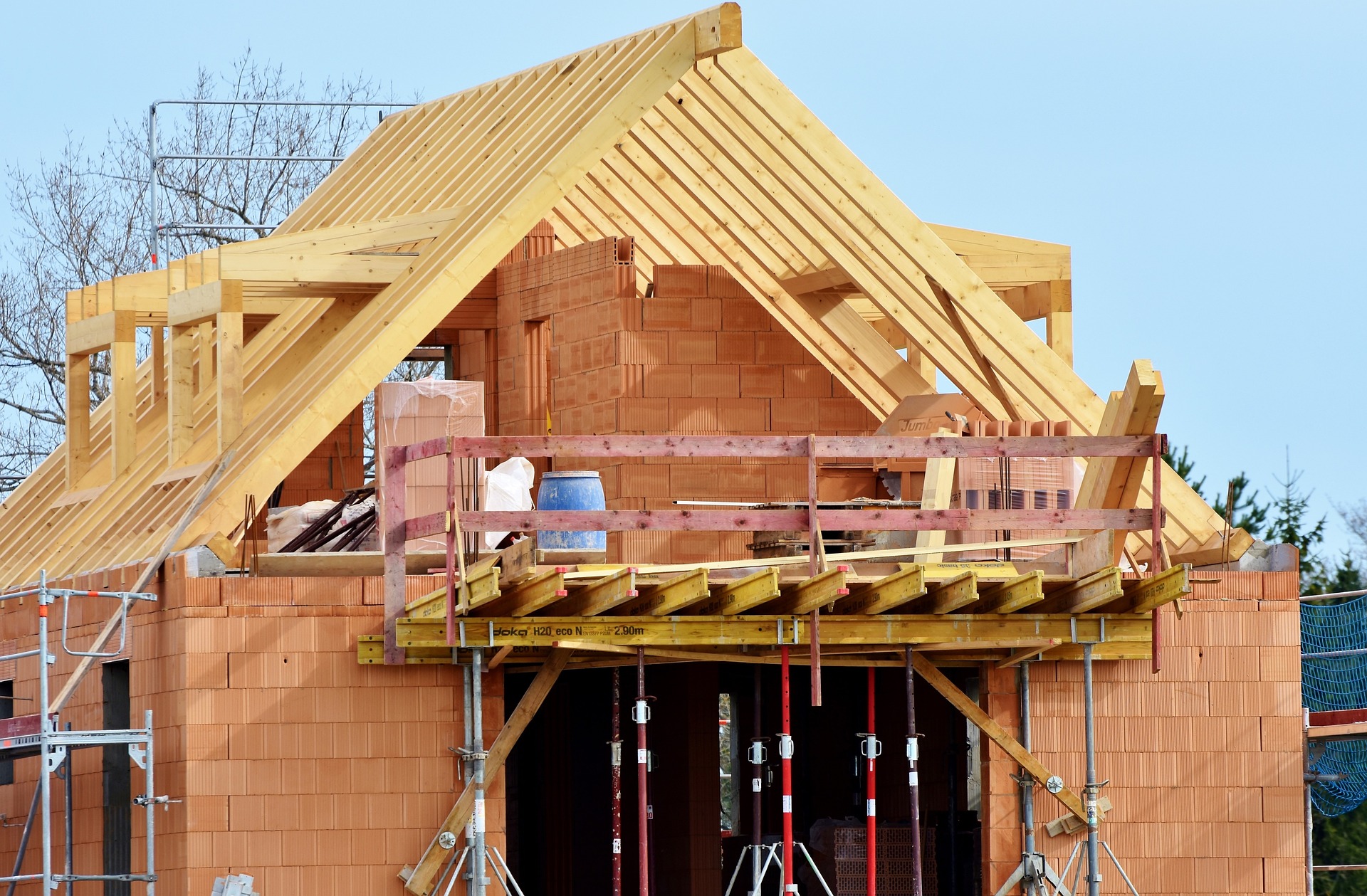Transforming Neighborhoods: The Vital Role of Local Builders
Discover how local construction firms shape thriving communities, from affordable housing to sustainable infrastructure. Learn about the economic impact of building projects, the importance of community collaboration, and key factors to consider when selecting a contractor. Explore the diverse services offered and their contribution to creating vibrant, sustainable neighborhoods.
The construction industry serves as a cornerstone for community development, playing a pivotal role in addressing housing needs and fostering economic growth. As populations expand, the demand for quality, affordable housing rises. Local builders are at the forefront of meeting this challenge, creating homes and apartments that cater to diverse demographics and income levels.
Construction services encompass a wide array of activities, each contributing to the fabric of a community. These include:
- Residential construction: From custom homes to large-scale housing developments
- Commercial projects: Office buildings, retail spaces, and industrial facilities
- Renovation and remodeling: Updating existing structures for improved functionality and aesthetics
- Infrastructure development: Roads, bridges, and public facilities that support community growth
- Historical preservation: Maintaining landmarks that embody community heritage
As environmental consciousness grows, many construction firms are embracing sustainable building practices. These eco-friendly approaches not only benefit the environment but also offer long-term cost savings for property owners. Some key sustainable practices include:
- Integrating renewable energy systems like solar panels
- Utilizing recycled or locally-sourced materials
- Implementing energy-efficient insulation and HVAC systems
- Maximizing natural light and ventilation in building designs
- Incorporating water-saving fixtures and landscaping techniques
The success of construction projects often hinges on effective collaboration between builders, local authorities, and community members. Many municipalities encourage public participation in the development process to ensure new construction aligns with community needs and values. This collaborative approach can lead to better-designed spaces that truly serve the local population.
Community involvement may take various forms:
- Attendance at town hall meetings to discuss proposed developments
- Providing input on design plans and architectural concepts
- Participating in community-led construction initiatives
- Supporting local zoning and planning efforts
The construction industry significantly impacts local economies, driving growth and creating employment opportunities. Construction projects generate both direct jobs (e.g., construction workers, architects, engineers) and indirect jobs in supporting industries like manufacturing and transportation.
Beyond job creation, new construction and infrastructure improvements can attract businesses and investors, spurring further economic development. Additionally, construction projects often boost property values, potentially increasing local tax revenues to fund public services.
When selecting a construction firm for a project, several factors should be considered:
- Experience and expertise in the specific type of project
- Proper licensing and insurance coverage
- Strong references and a robust portfolio of past work
- Effective communication skills and responsiveness
- Transparent pricing and clear cost breakdowns
- Familiarity with local building codes and regulations
By carefully evaluating these factors, individuals and organizations can choose construction services that deliver high-quality results and contribute positively to the community.
In conclusion, local construction services are integral to building and maintaining vibrant, sustainable communities. From stimulating economic growth to implementing environmentally friendly practices, these services shape the physical and social landscape of neighborhoods. By understanding the impact of construction services and making informed choices when selecting providers, community members can actively contribute to the development of stronger, more resilient living environments.







